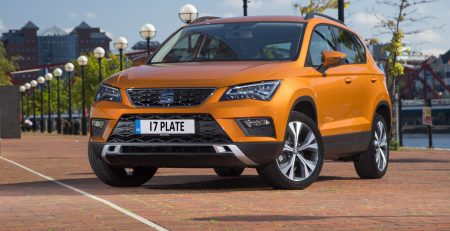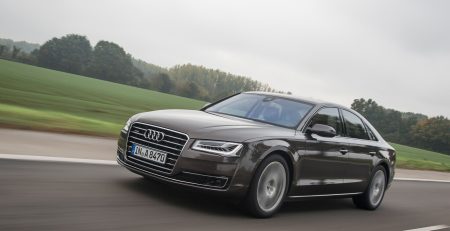London announced a T-charge from late 2017 for Euro 4 (EU4) vehicles, while Stuttgart banned Euro 5 too. Will London step u read more
The new Skoda Superb that can do 1,100 miles on a single tank
Fuel economy and emissions are taken seriously with the new addition, as a predicted combined consumption figure of 76.4mpg and CO2 emissions of just 96g/km for the Hatch and 97g/km for the Estate.
These provide the new Superb GreenLine with a potential range of more than 1,100 miles on just one tank of fuel, which would allow a comfortable drive from Milton Keynes to Barcelona.
The new model, which is the most fuel-efficient and cleanest Superb so far, will be available in the UK later this year. Powered by a 1.6-litre four-cylinder diesel engine that develops 120PS and incorporates a host of advanced fuel-saving technologies and engineering features, the Superb also utilises two exhaust gas treatment units: an oxidation catalytic converter and a diesel particulate filter, in order to meet strict European emission standards.
Nitrogen oxide emissions are reduced through the Superb Greenline's SCR system, using the reducing agent AdBlue. This synthetically manufactured solution 32.5% high purity urea in demineralised water, treats the diesel exhaust gases, reducing nitrogen oxide and saving fuel.
To further improve efficiency, the Superb GreenLine has been engineered with a unique aerodynamic package. The chassis sits 15mm lower than the standard Superb, while both the Hatchback and Estate models incorporate tailgate and roof spoilers to efficiently channel air around the rear of the car.
As a result of these suitable additions and revisions, both models have lower drag coefficients than the standard models (0.263 Hatch, 0.275 Estate.)





